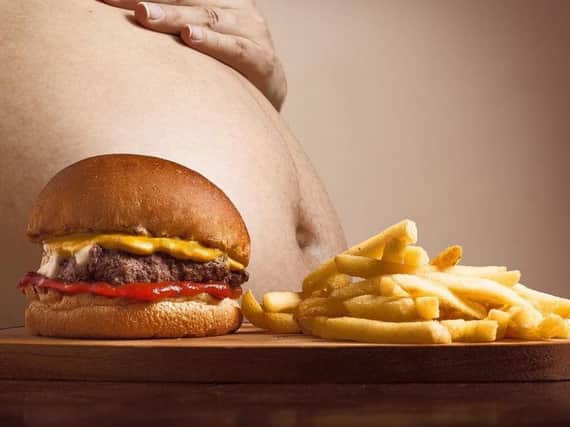The number of fat people admitted to Chesterfield Royal Hospital is on the rise


A total of 16,090 people in Derbyshire were admitted to hospital with obesity related problems in 2017/18, according to NHS Digital statistics.
This means that for every 100,000 people in the county, 2,034 went to hospital with problems with their weight.
Advertisement
Hide AdAdvertisement
Hide AdA Chesterfield Royal Hospital spokesperson said: "At Chesterfield Royal Hospital we admit over 60,000 patients a year for planned surgery or for urgent medical care – and like other hospitals across our region we are seeing more patients where obesity may be contributing to poor health and is a factor in conditions including diabetes, arthritis, gallstones and heart disease.
"The NHS 10-year plan, published in January this year, is setting out to prevent ill-health through targeted programmes that encourage people to make healthier lifestyle choices. We are working with our staff, patients and local communities to do our bit, with backing from colleagues in primary care and local organisations including Live Life Better Derbyshire.
"With demand for hospital care increasing at a rapid rate we believe our role in preventing ill-health is just as important as treating it. Patients in our care are supported and encouraged to make changes that will keep them out of hospital – with access to services that will help them stop smoking, lose weight, exercise more and moderate their drinking."
Pregnancy complications, arthritis in the knees and hips, gallstones and heart disease were the most common obesity-related illnesses.
Advertisement
Hide AdAdvertisement
Hide AdObesity is estimated to cost the NHS around £100billion annually.
More than 700,000 people went to hospitals in England for a problem which was either caused or made worse by being obese. This was almost 100,000 more people than in 2017.